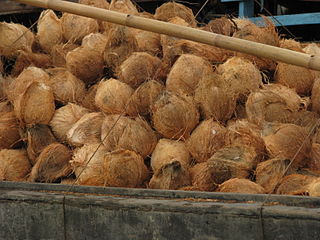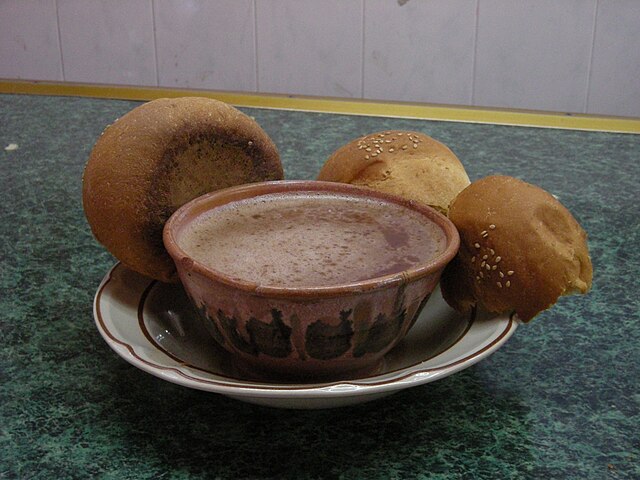I have made so-called "breads" that are really cakes by another name, but this time I decided to give "real" bread a go even though once again it is a no-knead variety. I saw the lovely and colourful Matt Preston make this on Masterchef last year and have been meaning to try it for yonks so this was the day!
You do have to start the night before as it needs to be refrigerated overnight for 12 hours but that is the only hard part really. Check out his recipe- here!
I decided to tweak it a little (after reading Not Quite Nigella's recent blog post about making garlic and fetta bread which gave me the idea to add pesto). So it is basically Matt's recipe with a wee twist.
Ingredients:
1 kg bread or baker's flour
1 tbs salt
1 tbs dried instant yeast
a few pieces of semi-dried tomatoes snipped into small shards
3 rounded dessertspoons of red pesto (from a jar- unless you feel like making some yourself)
950ml luke-warm water
Method:
Get a big bowl out and combine the dry ingredients together- i.e. the flour, salt and yeast and then add in the tomato shards
Place the pesto in a big Pyrex jug, and fill with the water till you reach the 950ml mark
Stir this well into the dry mix till you have a lovely moist, reddish mix- it will only take a minute or so
then cover the bowl with lots of clingfilm and whack it into the fridge till the next day
Next day take it out and leave to come to room temp- it will need at least an hour
Line a couple of baking sheets with baking paper and cast on a generous amount of flour
Divvy up the dough-I threw on some dried oregano, pepper, a tiny amount of olive oil and some Daintree vanilla salt on top before placing one half of the dough on one tray and baking at 220C for about 50-60 minutes. Tap it on the bottom to check if done- it should sound hollow when ready.
You can then decide if you want to make another loaf or divvy it up into rolls etc. I ended up by just making another roundish loaf and baking it separately. As I have mentioned before, my old gas oven is very temperamental and I knew it wouldn't bake 2 loaves together in a successful manner! If you have a good oven you could probably do 2 together.
I checked my loaf after 30 mins and decided it needed a bowl of water in the bottom of the oven to keep it a bit moist; I also threw a few drops of water on top of the loaf as it was getting very brown and hard.
After another 20 mins, it was ready to eat --which we did with lots of butter. Mr Pickings has eaten rather alot! Bread is one of his favourite things, just like everyone in his family.
 |
| dry ingredients and in the bowl |
 |
| red pesto in the jug and dough ready to go in the fridge overnight |
 |
| wow! look at how much it rose overnight |
 |
| dough about to go in the oven and then coming out |
 |
| it looks so amazing and smelled wonderful when baking |





















